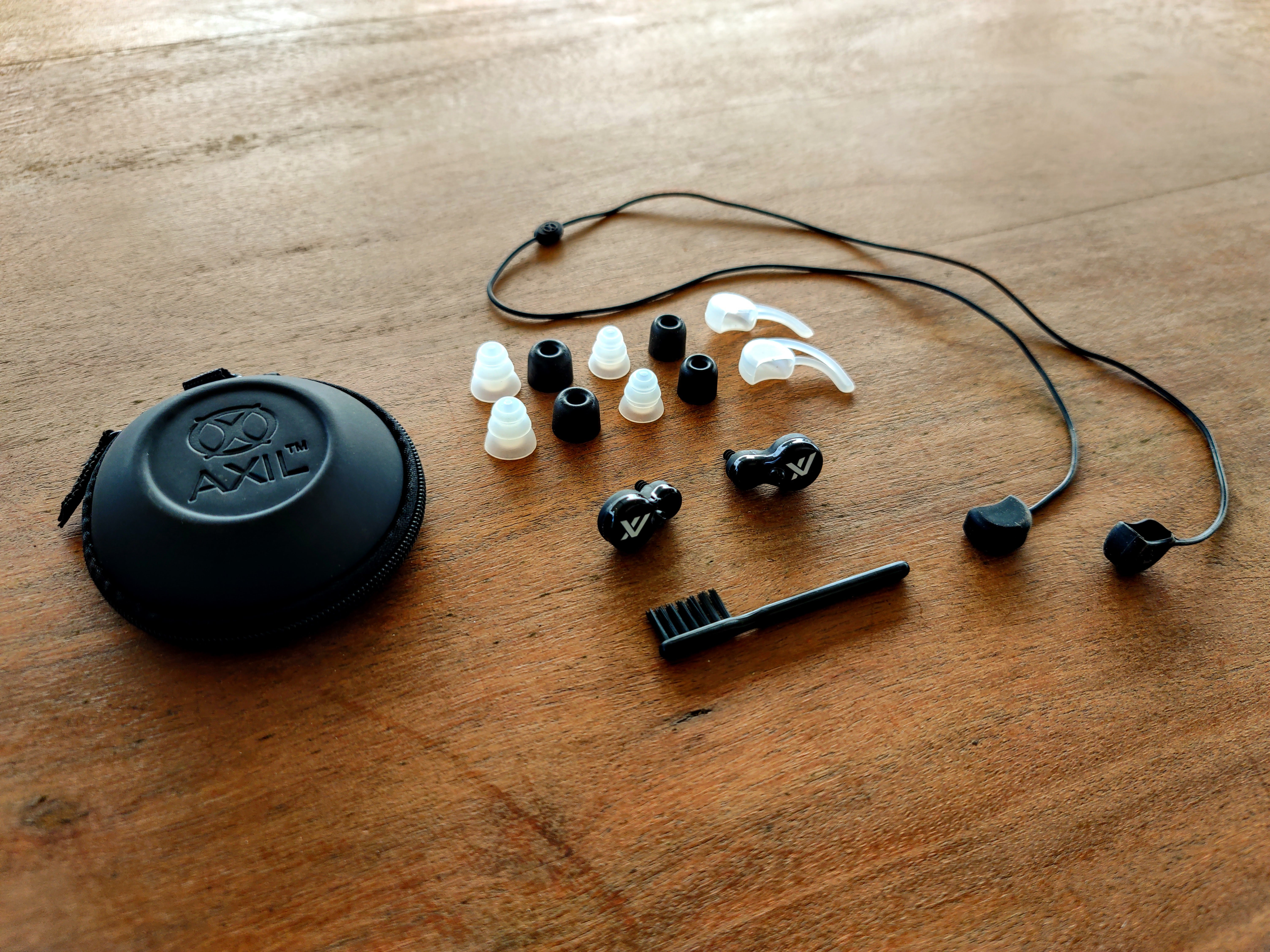Hearing Protection – All of the Options You Should Consider
Adam Scepaniak 09.20.21

When it comes to shooting at the range having appropriate eye and ear protection is a baseline of safety that we are all taught from an early age. Whether you have fancy eye protection from the latest name brand or you have some more than sufficient hand-me-downs from your friends and family, the important thing is that while we are shooting and enjoying ourselves that we simultaneously protect ourselves. This especially applies to our hearing. There is a plethora of options shooters have for hearing protection from traditional over-the-ear earmuffs to newer technologies like in-ear earbuds. All of them have pros and cons and could be better or worse for you depending on the application you are looking to utilize them for.
Foam Earplugs
This is the most rudimentary yet time-tested form of hearing protection. What likely started off as plugging your ears with your fingers which then progressed to stuffing cloth or fuzzy cotton balls in our ear canal, we now have reusable foam earplugs. These are cheap and extremely effective. The downside to this though is foam earplugs – to some people – can become uncomfortable over extended periods of time. Also, if you do not roll them thoroughly enough where they can be inserted an appreciable depth into your ear canal, they will not make a complete seal and will not be fully effective. So, while you might be able to snag some for free or even 50¢ at times, they have their pros and cons like anything else.
Passive and Electronic Earmuffs
Over-the-ear earmuffs can be nice because they do a slightly better job of dampening the loud sounds of gunfire. They fully encompass your ears and if it is a cold range day, they can even keep you marginally warm. On the flipside though, in the summer time they can get hot very fast. Also, if you are wearing eye protection (like you should be) many earmuffs can crush your eye protection into the side of your head causing discomfort and leave you wanting to end your range day early.
So, what is the difference between passive earmuffs and electronic earmuffs?… Passive earmuffs are the traditional kind we likely all have tried over the years. They can be big, bulky, and incredibly dampening. They are terrific when being used for thundering, loud sounds like construction sites, loud machinery, or shooting rifles that warrant that extra later of protection. Out of all of the types of hearing protection someone can use passive earmuffs that dampen all noises rank near the top.
Electronic earmuffs are similar in that they utilize a foam over-the-ear muff to dampen sounds, but they also have a bit of 21st century tech built in as well. Electronic earmuffs will require batteries or to be charged because they afford the user the ability to listen to music and receive phone calls via Bluetooth. More importantly, they have the unique ability to cut out noise at a harmful decibel level. So, you can engage in conversation with someone at the range while gunfire is occurring yet the actual gunfire will be dampened or muted out to your ears. This is pretty cool technology the 1st time you ever use them, but accordingly, this comes at a much higher cost. Whereas passive earmuffs and foam plugs can range from $1.00 – $10.00, a good set of electronic earmuffs can put you back anywhere from $30 – $100 or more.
Molded, Passive and Electronic Earbuds
Another option for hearing protection is molded passive and electronic earbuds. This is a bit newer technology and can take a bit of fine tuning. Most will come with multiple soft, rubber buds that you can attempt to fit best to your ear canal. Then, similar to a foam earplug they are gently inserted into the entry of your ear canal to block out noise. Other specialty brands will actually sell you custom molded earbuds that are perfectly fit to the size and shape of your ears. These varying types of earbuds can be nice because there is no discomfort of pressing your eye protection into the side of your head (a common complaint with earmuffs) and there is no fluctuating feeling of hot and cold against your temple. The one downfall is that they suppress or dampen noise to a lesser degree than earmuffs. They will typically be “hearing safe,” but suppress noise to a lesser degree. Generally speaking, there are not too many people who will look to own molded passive earbuds because of the increased cost over a typical earplug. Moreover, the difference in cost between molded passive and molded electronic earbuds is not a lot so most people opt for the electronic version.
Similar to electronic earmuffs, electronic earbuds can offer Bluetooth capability. This affords you the ability to potentially listen to music while you are at the range or even accept phone calls from your cellphone. Also, digital earbuds can cut out certain decibel level noises (loud ones) and let in more quiet sounds like a conversation you are having with friends. The one definitive downside to molded earbuds, passive or electronic, is the price-tag. Cheap ones can set you back $200 while higher-end models can run up to $500 or more. It is one of those buy once, cry once scenarios where if you want the best you will have to pay for it.

So, with all of these varying options of hearing protection from foam earplugs to earmuffs to earbuds, it is something you can gear to your level of tech savviness to improve your experience at the range. Over the years I have used all kinds of hearing protection and have finally graduated to molded electronic earbuds. To me, that is peak technology for the times we are in. Until next time, continually check out our blog, join our newsletter, and watch the website for new and exciting updates! As always, let us know all of your thoughts in the Comments below. We love it when you participate in our articles and keep the conversation going!
